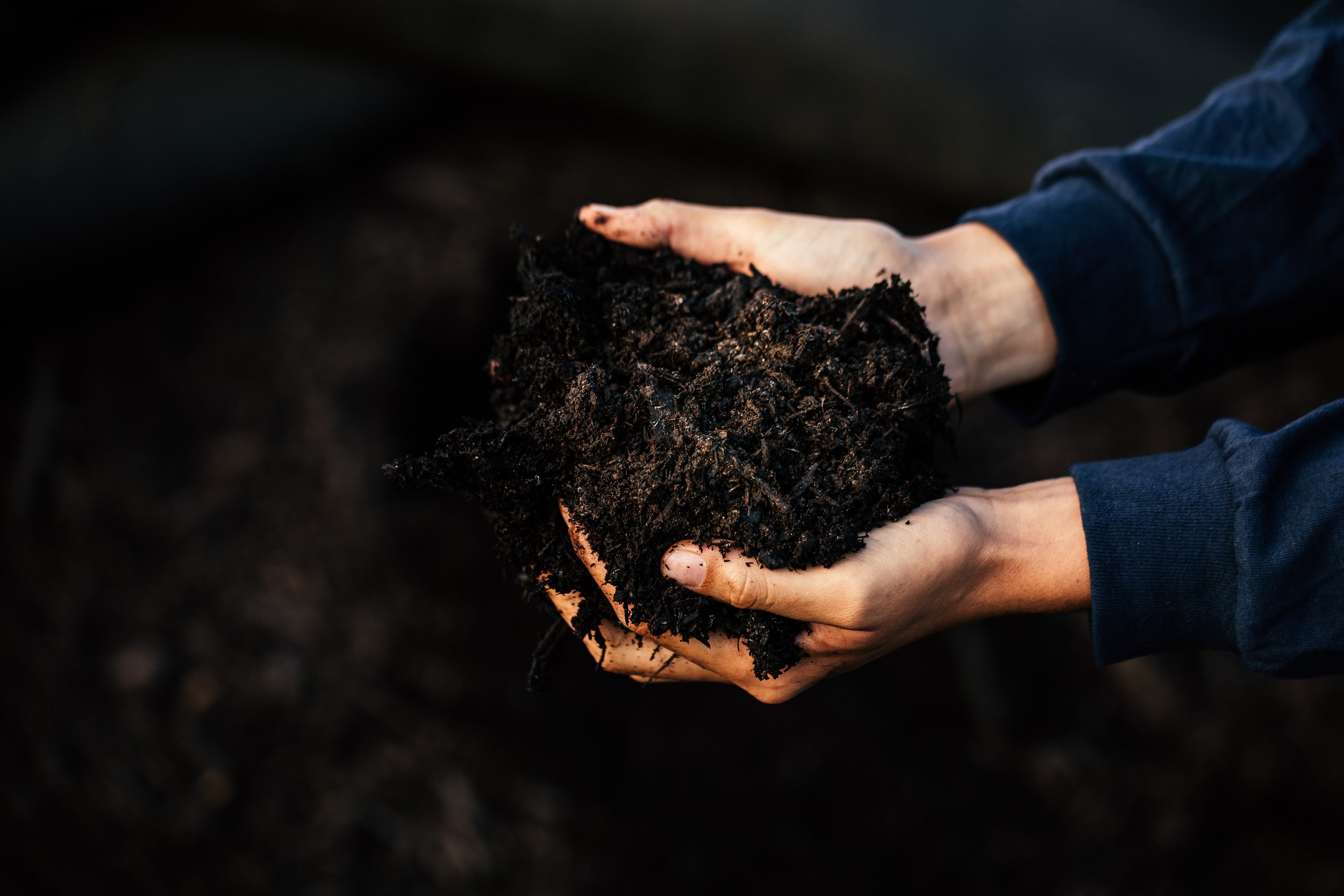
Compost Connector Santa Clara County
Spread
more.
Pay less.
Grants for Santa Clara farmers and ranchers capturing carbon in healthy soil.
Step 1
Submit a grant application.
Step 2
Zero Foodprint will notify you within 2 weeks of your application status via email. If awarded, you will receive an email with the maximum grant amount available to you. If not, your application will enter a queue and continue to be considered as the program receives additional funding.
Step 3
Sign a Compost Connector agreement.
Step 4
Place your order. It’s the responsibility of the farmer or rancher to choose a compost facility from the approved list, decide which compost product works best for your needs, and to communicate with the facility about quality and delivery logistics. Take 2 photos of the delivery and/or spreading of your compost.
Step 5
Once you’ve received your compost, send us your Grant Payment Request form with the required documentation. Invoices must be from an approved facility and list Zero Foodprint in the PO field or invoice notes.
Step 6
Our team will review your documentation for accuracy and follow up with any questions. Once approved, you will receive your funds via bank transfer or mailed check.
Resources for Compost Vendors
If you’re a Zero Foodprint approved compost vendor and would like to learn more about how Compost Connector can help your customers receive financial assistance toward their compost purchase, click the link below.
Get Up to Speed
Find resources for growers interested in Compost Connector Grants. Explore our list of approved compost facilities, view compost application rates, and view a sample invoice. Or, take it from the top:
Healthier soil for

A healthier planet
Adding compost to your soil can have a whole host of benefits, such as increased nutrient availability, water holding capacity, and carbon sequestration, just to name a few.
